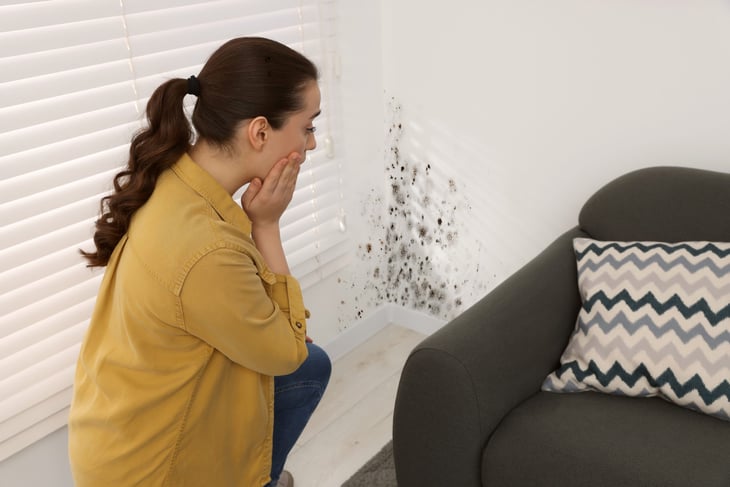
Editor's Note: This story originally appeared on Point2.
Whether you’re buying a new house or have been living in your place for several years, discovering mold can be extremely worrying.
While most homes will have at least a little mold occasionally, huge patches of black mold should be a major concern — and should raise red flags when house hunting.
The good news is that keeping on top of mold is relatively easy. However, uncontrolled outbreaks are a much bigger danger and should be handled immediately.
In this guide, we’ll discuss what mold is, the risks it carries, how to detect it in your home, and how to remove it.
What Is Mold?
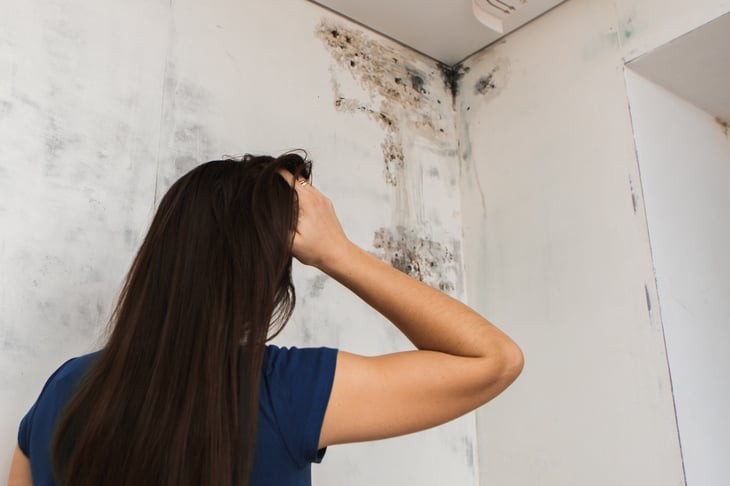
Mold is one of the most widespread organisms on earth, and most of us will encounter it daily. From medicine to cheese, different types of mold can be found everywhere.
Some molds benefit humans, while others are downright dangerous to our health.
When people talk about mold in the home, nine times out of 10, they’re referring to black mold. But what does black mold look like?
It’s easy to confuse it with another type of mold known as mildew, so let’s take a look at the differences.
Black Mold Versus Mildew
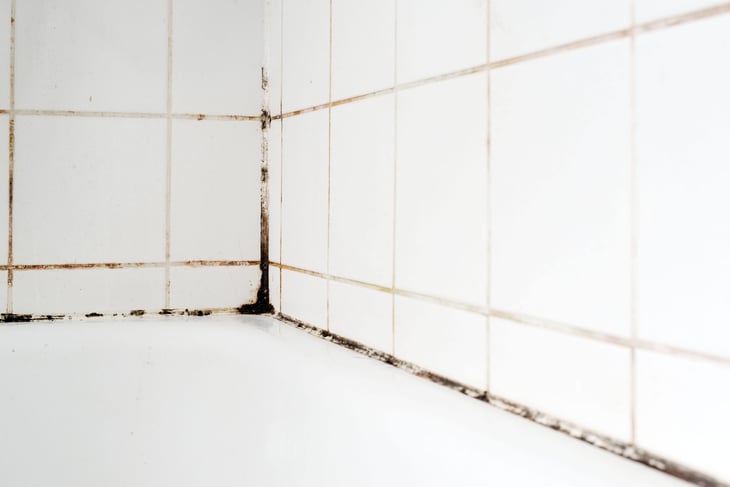
Both black mold and mildew are a type of fungus, and both can be found in the home. They both thrive in damp parts of the house, particularly water-damaged areas.
Mildew is by far the lesser of two evils and is far more common than black mold. In fact, you’ve likely had mildew in your bathroom at some point.
With a powdery, white or gray appearance, mildew grows on surfaces (such as tiles or shower curtains) and always appears flat. It’s easy to clean off with regular household cleaning products, and most importantly, it’s unlikely to make you sick.
Meanwhile, black mold has a fuzzy appearance when dry or slimy when wet, and tends to have a raised texture. It grows on various surfaces and often appears in clusters of circular spots.
Unlike mildew, black mold can be dangerous to your health and is more difficult to remove.
Can Mold Make You Sick?

Too much of anything will make you sick, especially when it comes to mold. Most types of mold found in the home release airborne spores, and breathing these in can cause even otherwise healthy people to suffer a myriad of ill effects.
Typical black mold symptoms include:
- Coughing
- Sneezing
- Wheezing
- Itchy eyes
- Irritated skin
Some people are more sensitive to mold exposure than others, while others may even have an allergy to mold. In such cases, these symptoms often worsen over time, potentially causing breathing problems.
Meanwhile, those with existing respiratory illnesses can find that their conditions are exacerbated due to the presence of mold in the home. But even more worryingly, studies have shown that prolonged mold exposure can cause asthma in children and even some adults.
Is Black Mold Toxic?
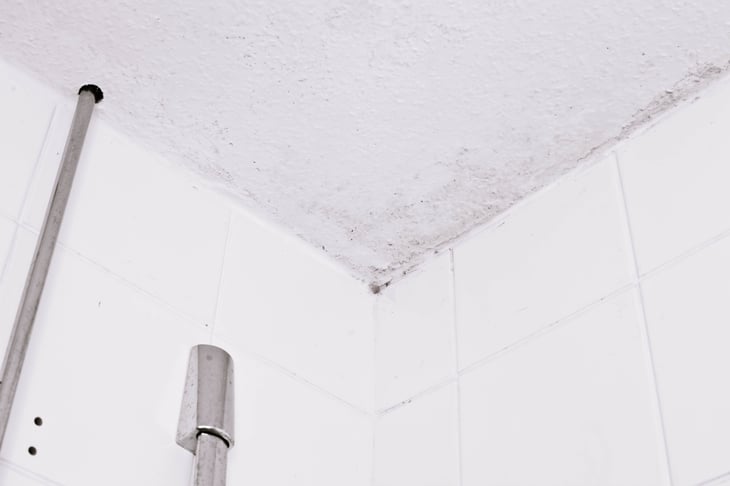
Beyond the typical ailments described above, overexposure to black mold spores can result in more severe symptoms.
Black mold spores emit neurotoxins that can attach to brain neurons, potentially causing the following mold toxicity symptoms:
- Mood swings
- Depression
- Brain fog
- Migraines
- Fatigue
- Tremors
- Organ and brain damage
Unfortunately, black mold isn’t always easy to detect and can exist in even the cleanest of homes. As such, many people don’t realize that their various illnesses and ailments may actually be the result of airborne black mold spores.
Do I Have Mold in My Home?
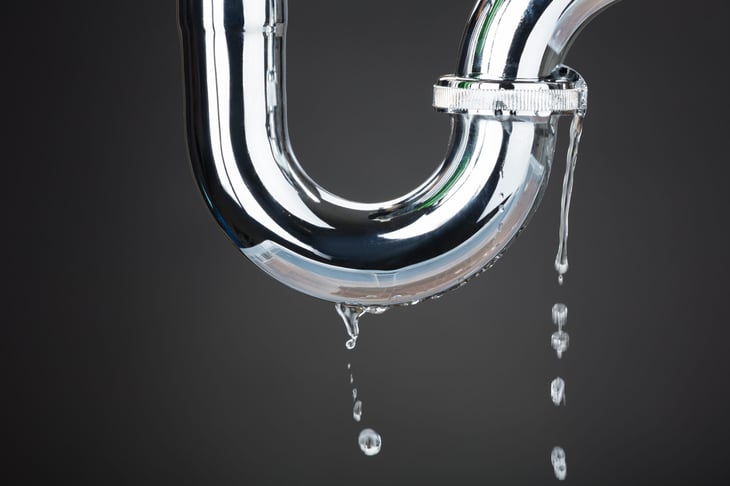
Mold can be very easy to detect in a home. In houses suffering from problems with dampness, high humidity or water damage, you can often smell the mold before you see it, with that typical musty, earthy smell.
But mold can also exist in homes that appear immaculately clean, hidden under carpets, within air vents, or behind walls. Some of the most common places you’ll find mold growing include:
- Bathrooms
- Kitchens
- Crawl spaces
- Roofs and attics
- Basements
- Ceilings and walls near exhaust vents and fans
- Around HVAC units
Anywhere water damage has occurred can also be a hotbed for mold, making it grow extremely rapidly. If you’ve had a leak somewhere, mold can thrive within 24 hours.
Basically, if it’s damp or humid, mold is likely to grow on it, whether it’s a wall, piece of furniture, or even laundry.
Mold Is Ultra Mobile
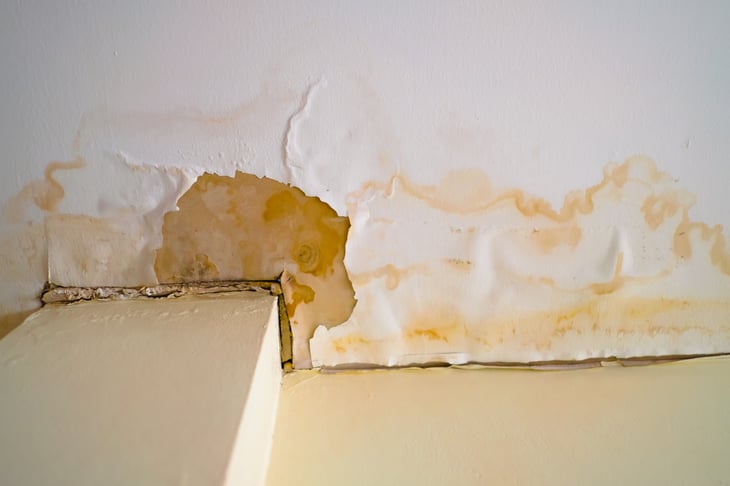
Mold can enter your home and spread like wildfire extremely quickly. Countless species of airborne mold spores can be blown through open windows and doors or even through your HVAC vents on the gentlest breeze.
Alternatively, you can bring spores in on your shoes, clothes, or even on the paws and hair of your pets after you’ve been outside.
Once the spores have found a way in, they only need to find a moist area to call home before spreading out.
How To Test for Mold in Your Home
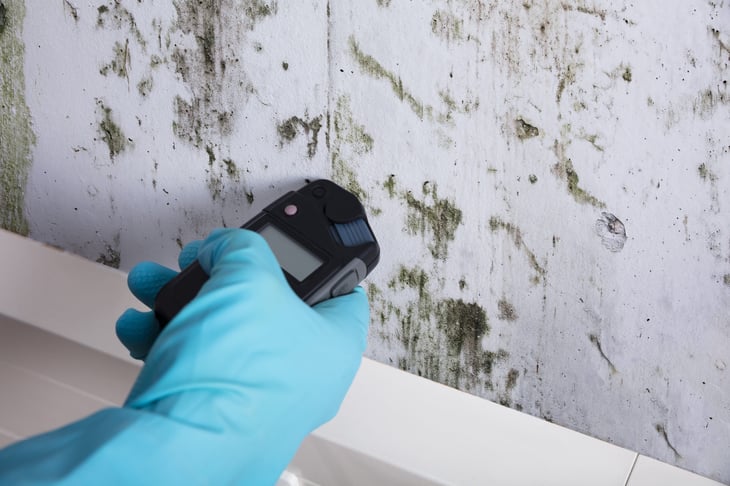
If you’re unable to locate the mold in your home but feel like it is there somewhere — perhaps you’re suffering from some of the symptoms above, or you can smell the tell-tale musty odor — there are ways to detect it.
You can buy various mold test kits online, which provide you with everything you need to detect mold spores in the air, as well as surface mold.
Alternatively, you could have a professional mold inspection carried out.
A professional inspector will take samples from the air, dust and surfaces before sending their findings to the lab for analysis. While more expensive, they will be able to carry out a more in-depth inspection and offer advice depending on the findings.
How To Get Rid of Black Mold
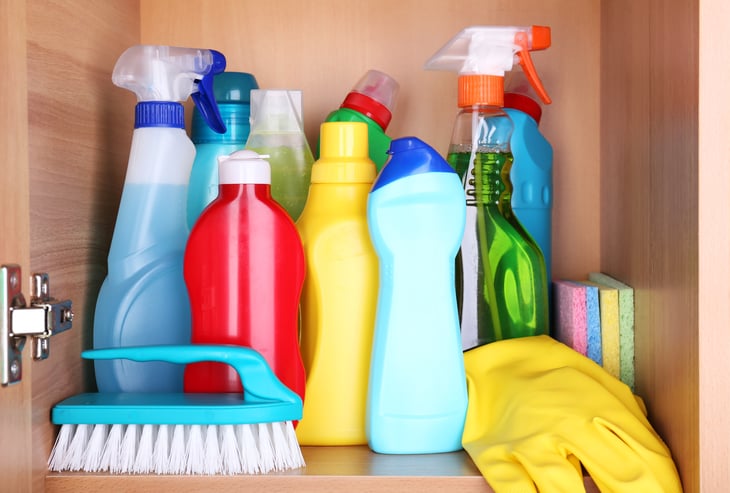
By now, you might be concerned about finding mold in your home, especially black mold. However, there is some good news.
In most cases, it’s easy to remove mold yourself, eliminating it for good. Here are a few tips.
Prevention Is the Best Defense
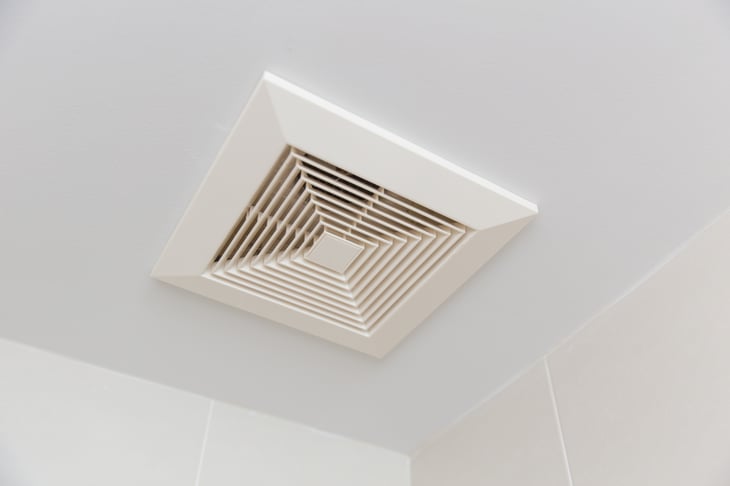
As you can see, preventing mold spores from entering your home is almost impossible. However, you can make sure they don’t have the damp, humid environment they need to thrive.
So, fix up any leaks, ensure your extraction vents are working, and be sure to allow air to circulate through your home as best you can by leaving windows open in bathrooms and kitchens when in use.
It’s well worth installing a dehumidifier in areas particularly prone to dampness to keep the moisture levels down.
How To Clean Mold
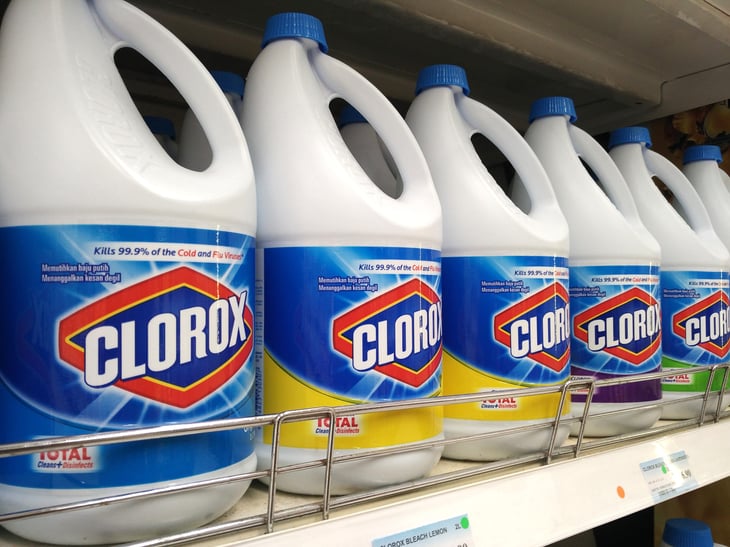
Sometimes, preventing mold is out of your control. Maybe you’ve just bought a new house and discovered a mold patch or recent water damage has caused mold to thrive.
Either way, proper mold removal is essential for keeping it out of your home in the future. Here are some simple yet effective remedies.
- Bleach: Quick, easy, and effective, simply spray it on the mold, leave it for 10 minutes, then wipe or scrub clean.
- Vinegar: An environmentally-friendly bleach alternative, spray undiluted vinegar onto the mold and leave for 30 minutes before scrubbing down. Rinse off, then spray once more to prevent regrowth.
- Homemade mold spray: Mix 100 ml each of tea tree oil and vinegar, diluted with 500 ml of warm water — spray and scrub as before.





Add a Comment
Our Policy: We welcome relevant and respectful comments in order to foster healthy and informative discussions. All other comments may be removed. Comments with links are automatically held for moderation.